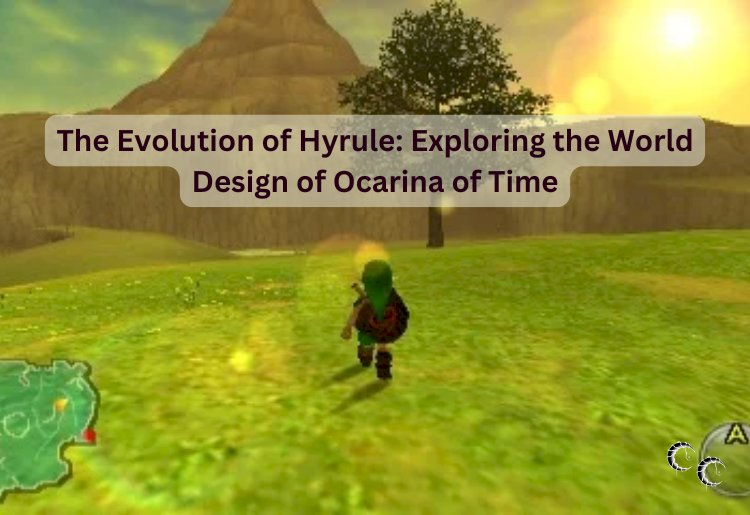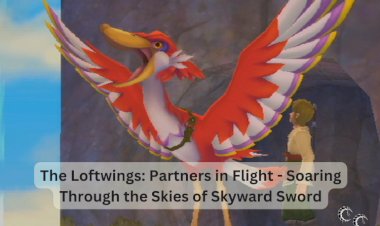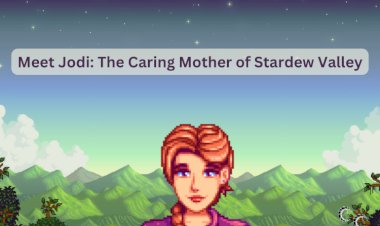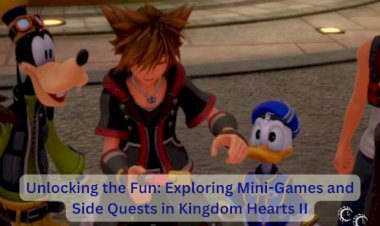The Evolution of Hyrule: Exploring the World Design of Ocarina of Time

The Legend of Zelda: Ocarina of Time revolutionized gaming upon its release, not only with its groundbreaking mechanics but also with its meticulously designed world. The evolution of Hyrule across the game's two time periods—childhood and adulthood—creates a living, breathing kingdom that tells its own story. Here's a closer look at how Hyrule's world design reflects its narrative, gameplay, and cultural significance.
Hyrule’s Duality: Childhood vs. Adulthood
- Childhood Hyrule: Bright and vibrant, the kingdom reflects a sense of wonder and innocence. Locations like Hyrule Field, Kokiri Forest, and Kakariko Village feel safe and full of potential.
- Adulthood Hyrule: After Ganondorf seizes power, Hyrule transforms into a darker, desolate land. Areas such as the ruined Castle Town and the eerie Kakariko Graveyard mirror the loss and despair inflicted by his rule.
This duality not only enhances the story but also underscores Link’s growth from a naive boy into a hero capable of restoring balance.
Iconic Locations and Their Evolution
- Hyrule Castle / Ganon’s Castle: Hyrule Castle symbolizes peace and prosperity in Link's childhood. In adulthood, it becomes Ganon’s Castle, a foreboding fortress that embodies corruption and tyranny.
- Lost Woods: This mysterious area retains its enigmatic charm but grows darker and more dangerous over time, reflecting the consequences of neglect.
- Zora’s Domain: The frozen state of Zora’s Domain in adulthood serves as a stark reminder of Ganondorf’s unchecked power and its impact on the natural world.
Seamless Connectivity
- Hyrule Field acts as the central hub, connecting diverse regions like Death Mountain, Lake Hylia, and Gerudo Desert. This open design encourages exploration while providing players with a sense of geographical coherence.
- The game’s day-night cycle and dynamic weather further enrich the immersive experience, making the world feel alive and reactive.
Thematic Significance of World Design
- Time as a Narrative Device: The changes in Hyrule over seven years illustrate the passage of time and the consequences of choices, a central theme of the game.
- Cultural Depth: Each region reflects the culture and history of its inhabitants, from the Gorons of Death Mountain to the Sheikah's ancient ties to Kakariko Village. These details flesh out the world and make Hyrule feel like a lived-in kingdom.
Influence on Game Design
- Ocarina of Time set the standard for open-world and action-adventure games with its interconnected world and attention to environmental storytelling.
- Its use of dual timelines inspired countless other games to experiment with time-travel mechanics and evolving landscapes.
Legacy of Hyrule’s Evolution
- The emotional impact of returning to familiar locations after they’ve changed dramatically highlights the passage of time and the stakes of Link’s quest.
- Hyrule’s design in Ocarina of Time continues to inspire not only subsequent Zelda titles but also the broader gaming industry, setting a gold standard for world-building.
By juxtaposing the innocence of childhood with the harsh realities of adulthood, Ocarina of Time weaves a compelling tale through its world design. Hyrule is not just a backdrop but an active participant in the narrative, evolving with the player and solidifying the game’s place in history as a masterpiece of storytelling and design.






























